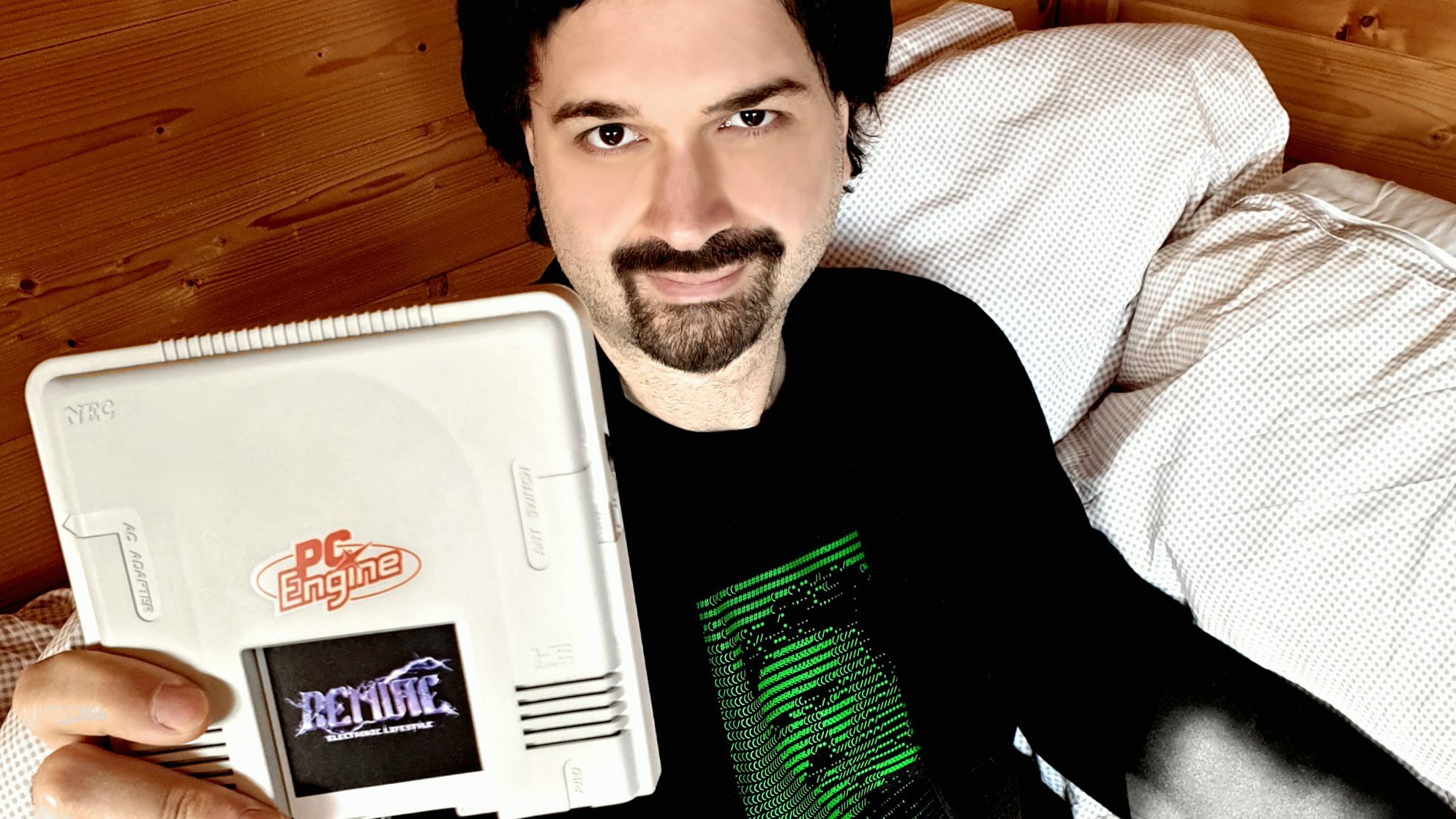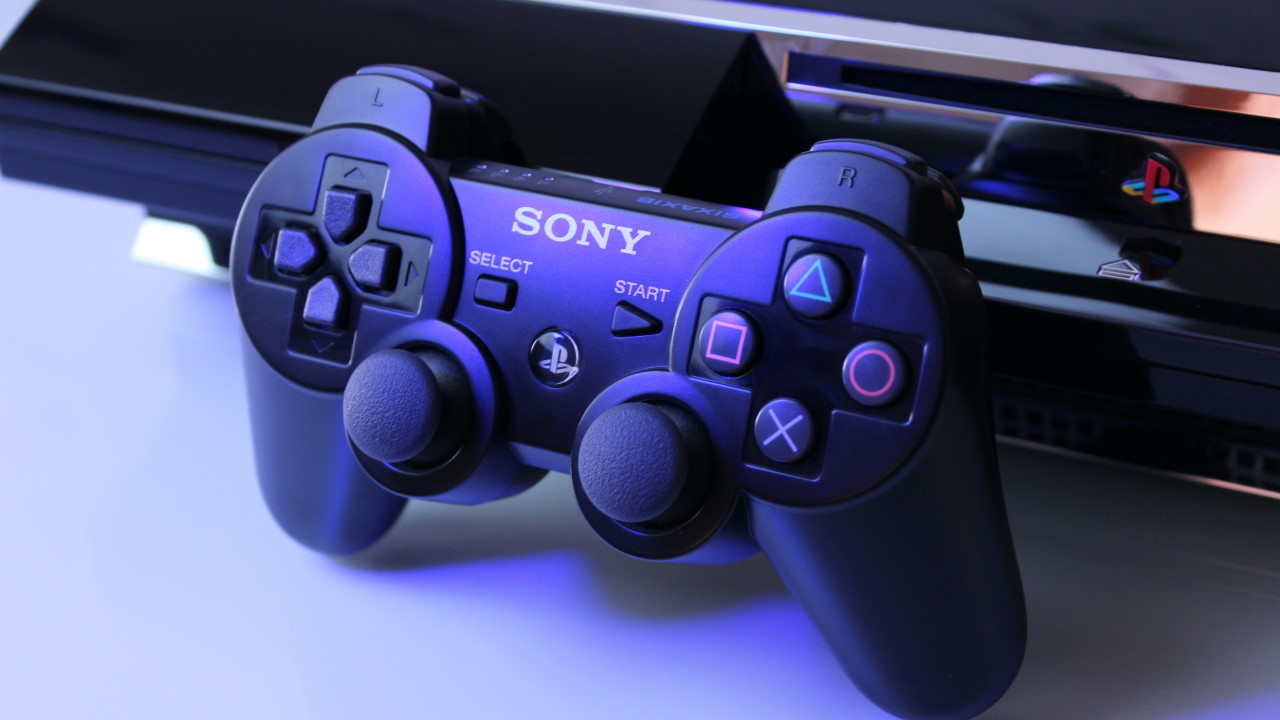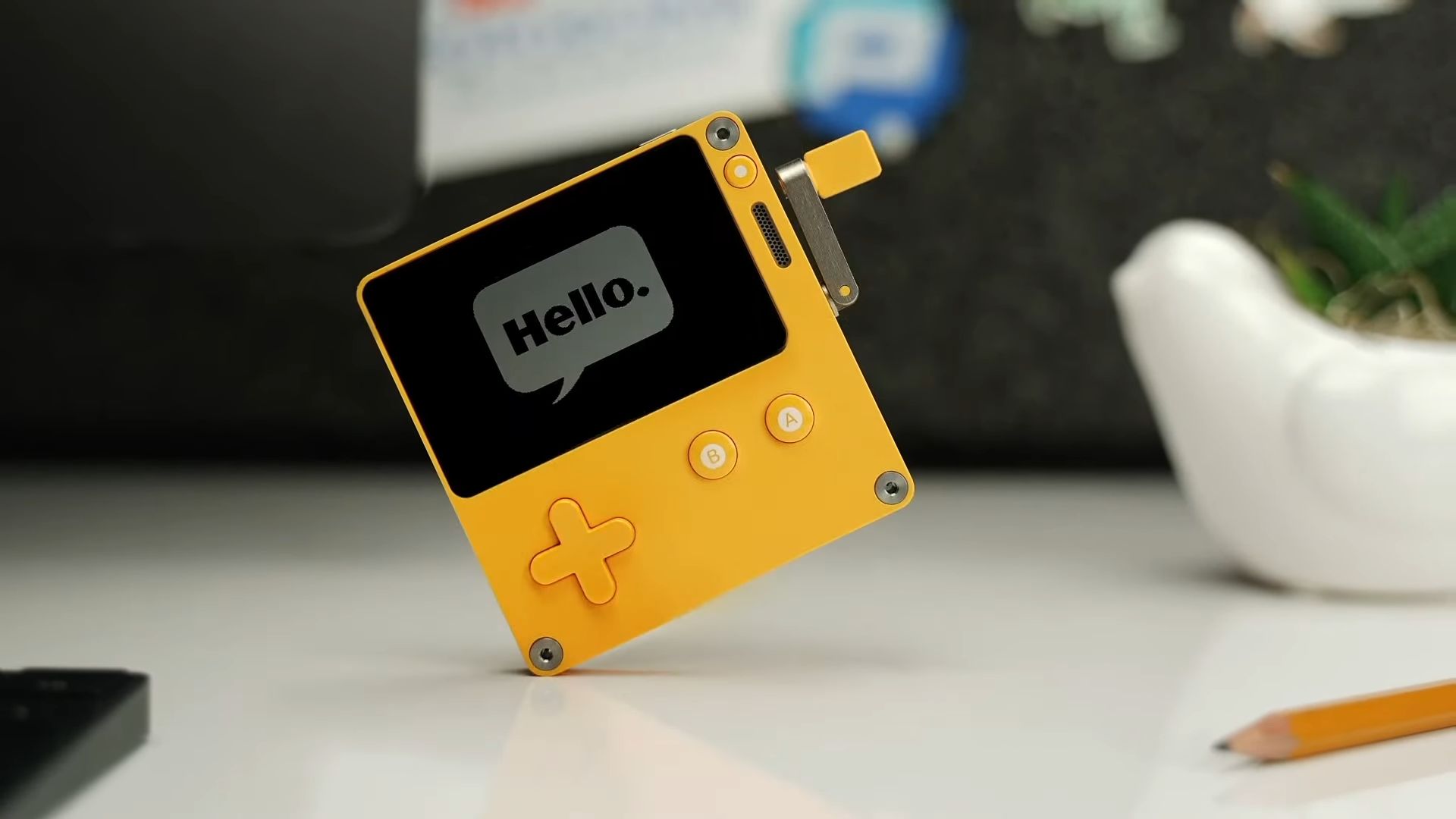Share
Goodboy Galaxy is the first commercial release for the Game Boy Advance in thirteen years, and its developers clearly have a deep love of the classic handheld system. Inspired by classic Metroidvania titles, Goodboy Galaxy puts you in the shoes, or paws, of an intrepid explorer named Maxewell. Rik Nicols and Jeremy Clarke are the pair of developers behind Goodboy Galaxy, and we had the chance to sit down with Rik and ask a few questions about the gorgeous Game Boy Advance throwback, with the game already blowing past its target on Kickstarter after one day.
Retroware: How did you and Jeremy Clarke meet, and what made you work on Goodboy Galaxy together?
Rik Nicol: Jeremy and I met when working at a mobile game studio in the Netherlands. We both love playing and making games, and often did game jams together. The first prototype version of Goodboy Galaxy was our ludum dare jam game that we called “Goodboy Advance”.
Retroware: When did the idea to make a full Game Boy Advance release come around? Was it during the game jam, or after?
Rik: During the jam was a bit frantic, we really weren’t sure if it’s possible to make a GBA game so quickly right up until the final few hours, but we had a lot of fun working on it and felt it had a lot of potential so we decided to keep working on it (once we’d recovered).

Retroware: As a follow-up; how long has the project been in development?
Rik: The original jam game was made right at the end of 2018, and we poked around with it on weekends for a while, until the pandemic really focussed more of our time on it. We’ve since both reduced our day-job working days to spend more time on Goodboy Galaxy to really speed things up. Only the last year is what I would call structured development, but you could say 2 and a half years.
Retroware: What have you done to make Goodboy Galaxy stand out from other “Metroidvania” titles?
Rik: There’s a couple of special design choices that stand out from other metroidvania games:
1) Levels are cyclic (they loop around), so you always have a sense of forward-momentum (you can’t really end up deep in a dead-end and having to double back on yourself).
2) Maxwell’s abilities are switched up depending on which route you take, so even if you have a super upgraded blaster, there will always be some routes you need to take where you don’t have your blaster with you.
Retroware: How expansive are the different levels and planets in Goodboy Galaxy?
Rik: For the original jam game we could only fit a small level map into memory, which is why we decided to make the level loop around horizontally and vertically (we could fit a lot more content in that way!) The technical issues have been solved since, so we can now have unlimited size, and we can have door-ways (and trains!) between different maps. We’ve found it feels a bit nicer for most of the levels to be dense but not too big, and focus more on quantity + variety.

Retroware: Has all of the development been done by the two of you, or are there any other members of the team as well?
Rik: It’s mostly the two of us, but we’ve also hired some friends to help out (self-funded so far) with some extra NPC graphics, translations, and help with the trailer and cutscene animation.
Retroware: Some of the screenshots look like Maxwell is riding creatures; is that a prominent feature?
Rik: Our ‘design philosophy is that all the hazards in the world should also have another function, so you can stand on some enemies to reach higher areas, ride on some beasties to navigate over spikes, hop-off flying bats like stepping-stones to bridge gaps, and some of the traps can launch you into the air, etc. (It makes it really fun to design levels too).

(using enemies as stepping stones)

Retroware: Goodboy Galaxy’s art style is extremely bright and colorful. What techniques have you used to make the game “pop” so to speak, especially when playing it on the smaller Game Boy Advance screen?
Rik: The bright and cartoony style is mainly just how I like to draw, but it also suits being readable on the small screen and all the associated technical restrictions. I make all the pixel-art in Aseprite (https://www.aseprite.org/), which is the gold standard for pixel art software. Even the later GBAs have a screen quite far from what we’re used to with modern devices, so big simple bright shapes can be better suited than finer detail.
Retroware: The Kickstarter campaign mentions befriending different characters. What effect does befriending characters have on the game?
Rik: The characters are kind of an analogue to the stars in Mario 64 – they’re something to ‘collect’ (or their ‘friend cards’ are, sometimes you’ll need to earn their friendship first), but they’re all unique. Some friends also give you new abilities or access to new areas; some are on the main story path and some are optional or hidden away.
Retroware: Was there anything particularly difficult about developing a new Game Boy Advance title?
Rik: There’s a lot of technical considerations that don’t exist on modern platforms. For example, each sprite can only have 15 colours, and we can only have 16 of those mini-palettes in memory at one time (so we have to be careful about palette management and object placement). Backgrounds and set pieces also have to be designed quite carefully to not go over the maximum amount of tiles we can fit into memory. Even something as simple as Maxwell’s ship had to be split into several sprites of varying sizes, depending on which animation frame is playing.

(Some frames are symmetrical so those frames are mirrored)
Retroware: Besides Metroid and Cave Story, were there any other titles you looked to for inspiration?
Rik: I think Cave Story is the closest overall analogue, but funny character-based games were a bigger inspiration – I really love Crowtel Renovations by SinksAdventure and Pikuniku (by Arnaud De Bock, Remi Forcadell, Alan Zucconi, Calum Bowen). We also decided to include simple ‘quests’ based on how much we enjoyed it in Link’s Awakening, and Jeremy is a huge Yoshi’s Island fan (he insisted on a cave level with waterfalls like Yoshi has). Spelunky (by Derek Yu) which we both love was also probably the game that first really inspired a more thoughtful approach to game design.
Retroware: As the first “commercial” release on Game Boy Advance in 13 years, was there any kind of approval process you had to go through?
Rik: The Game Boy Advance version is an ‘aftermarket-product’, so isn’t licensed or affiliated with Nintendo. (You can only go as far back as 3DS via the official channels I believe). So we didn’t need any special approvals for it, only figuring out how to get cartridges produced.
Retroware: How are you producing the game cartridges, considering Game Boy Advance cartridges haven’t been in production for so long.
Rik: We’re partnering with First Press Games (https://firstpressgames.com/) who are helping us out with the manufacture and fulfillment of the physical copies. They’ve already shipped some REALLY beautiful Game Boy, NES and Famicom games, though ours will be their first GBA cartridge. We’re really hoping the new tooling will be useful for other GBA projects too!

Retroware: When did you add the PC and Switch ports, was that always planned or added on later?
Rik: Our target device has always been the Game Boy Advance since it’s really interesting to us, but it’s also incredibly niche – I think we’ve always assumed we’ll have to be more accessible if we were to invest a lot of time into the project. PC has always been on the cards, and Switch seems the most natural fit for a modern console port.
Retroware: Obviously, the Game Boy Advance was a big system for you. Are there any particular games that inspired your development style?
Rik: Art-wise Minish Cap is something that really initially got me interested in pixel art, and Drilldozer also has great art and characters. Sonic Advance 2 and 3 are also fantastic examples – their backgrounds are amazing. We used some of the same tricks in Goodboy Galaxy.




